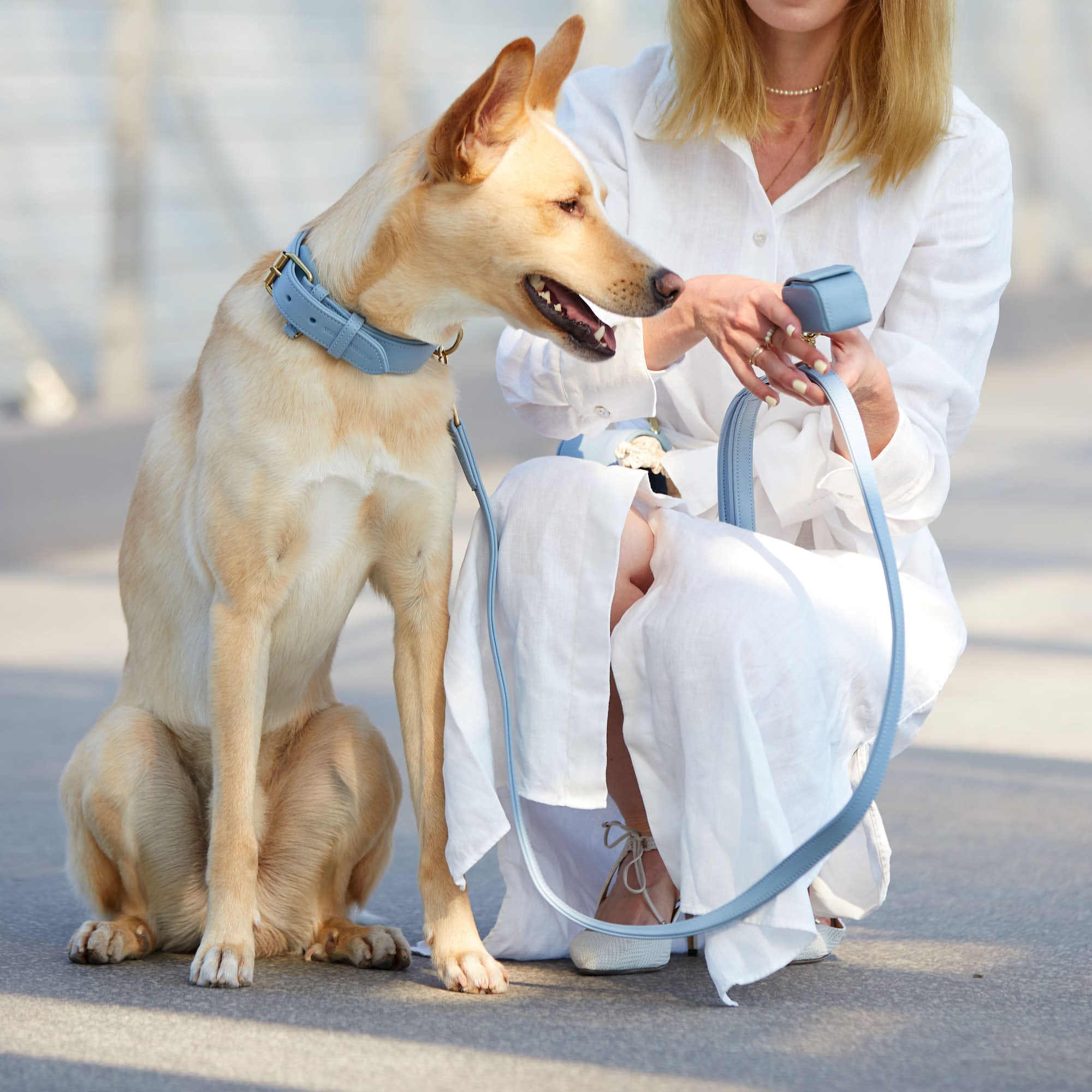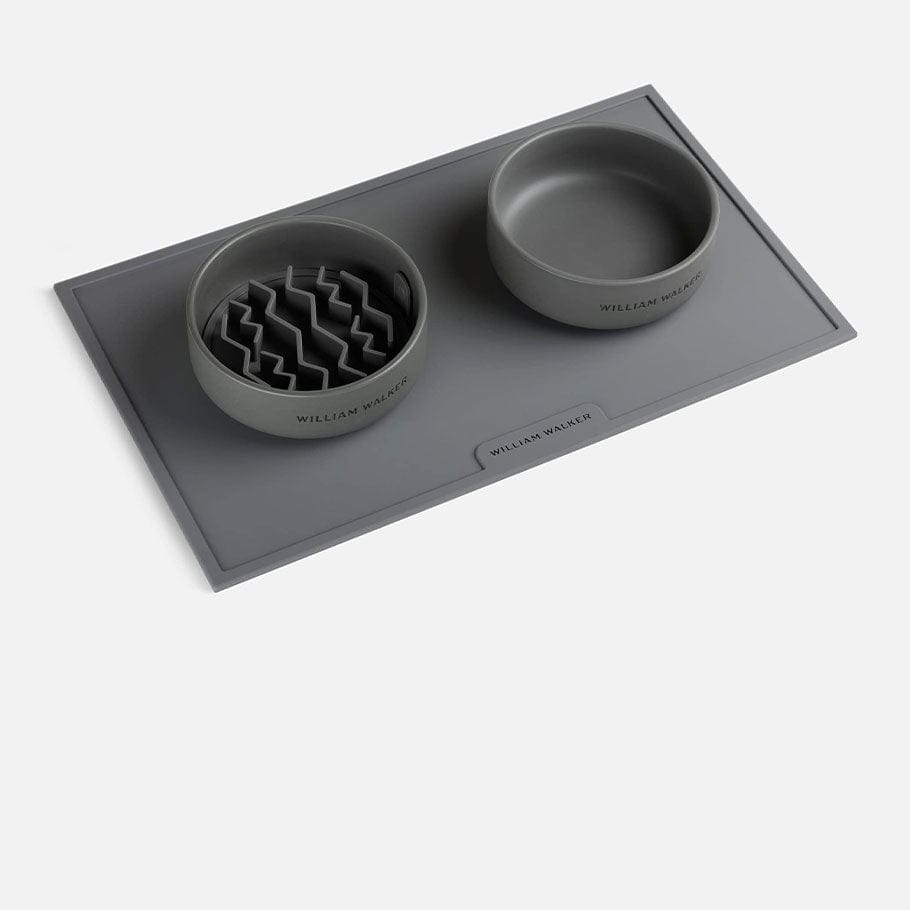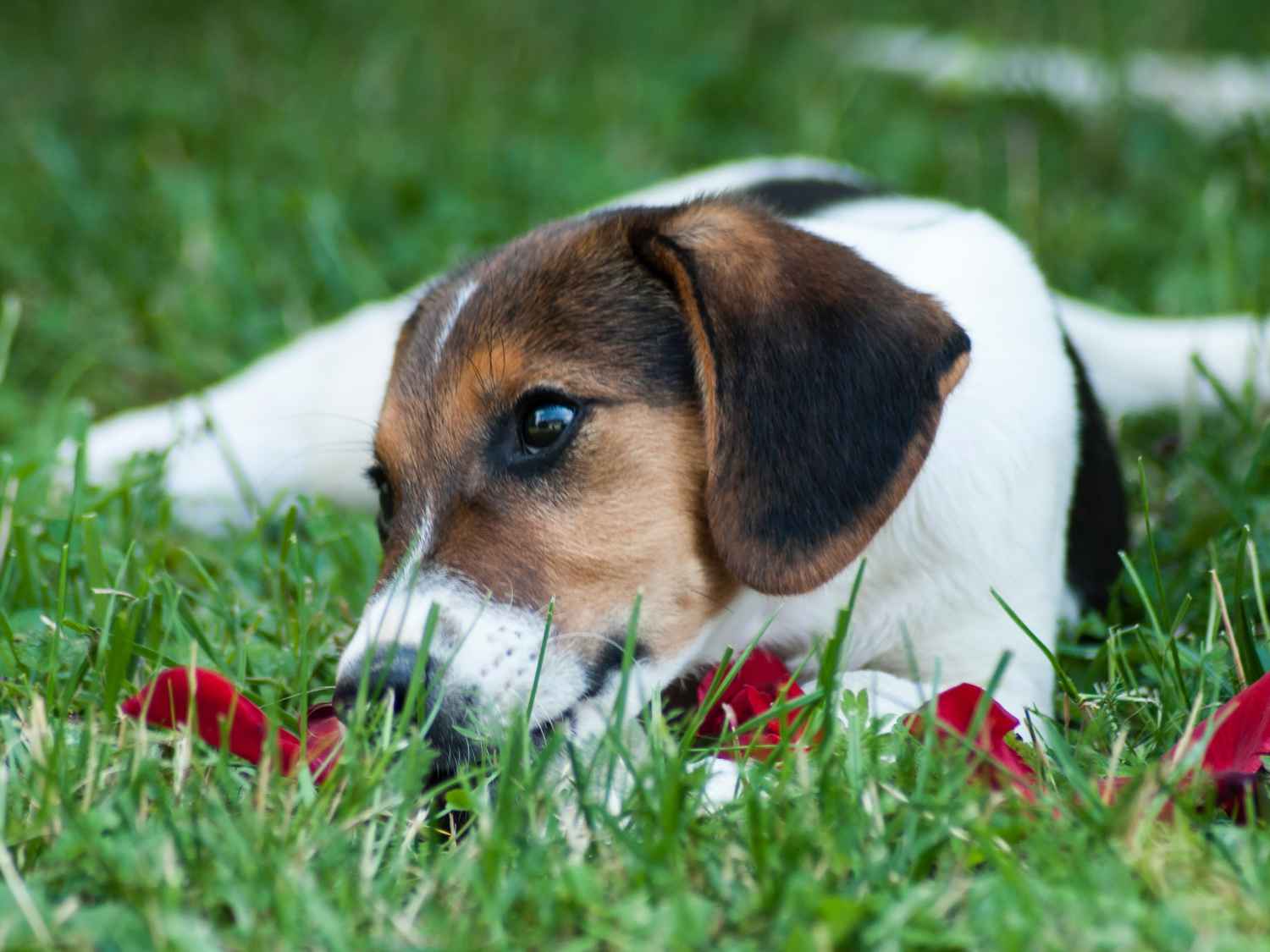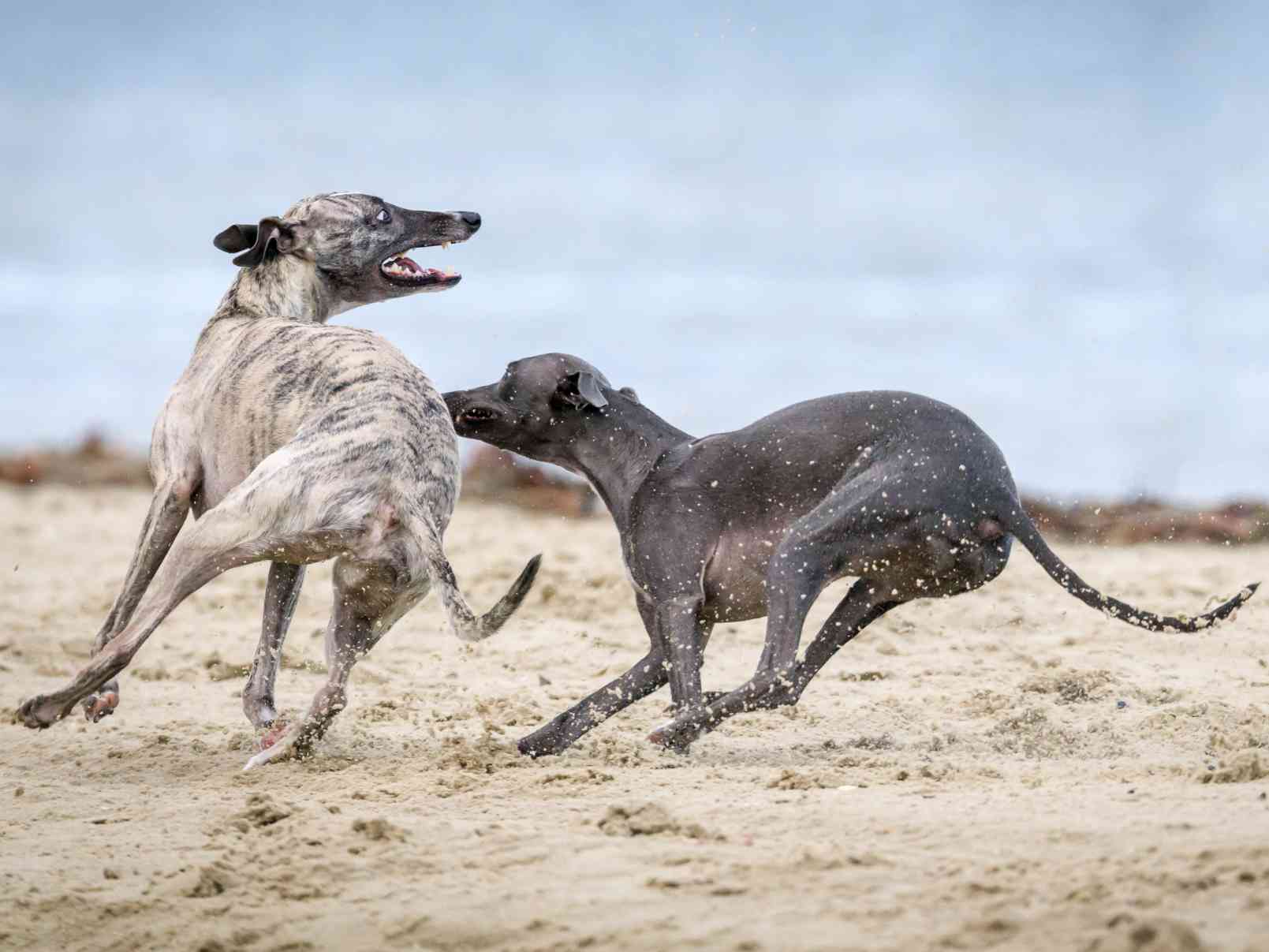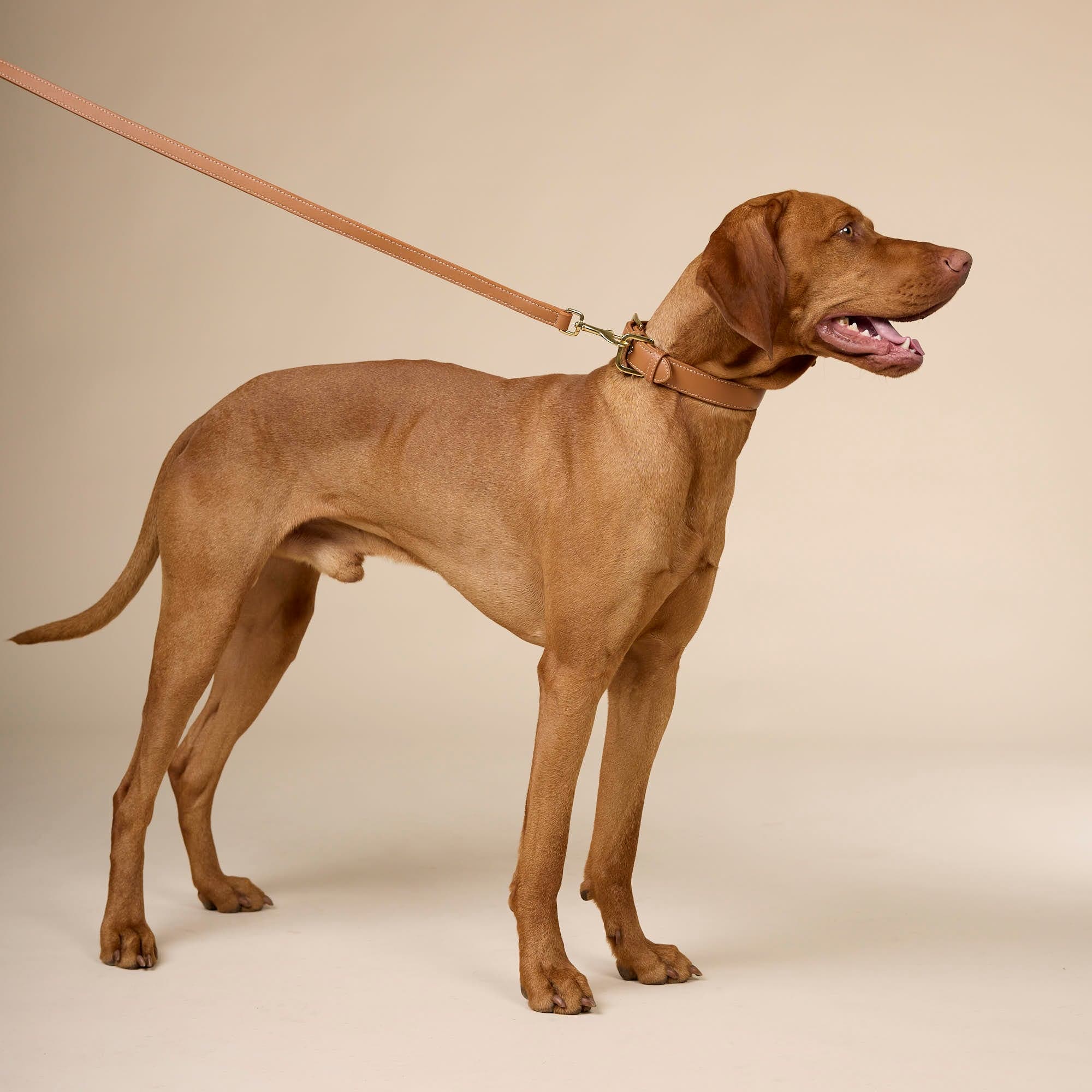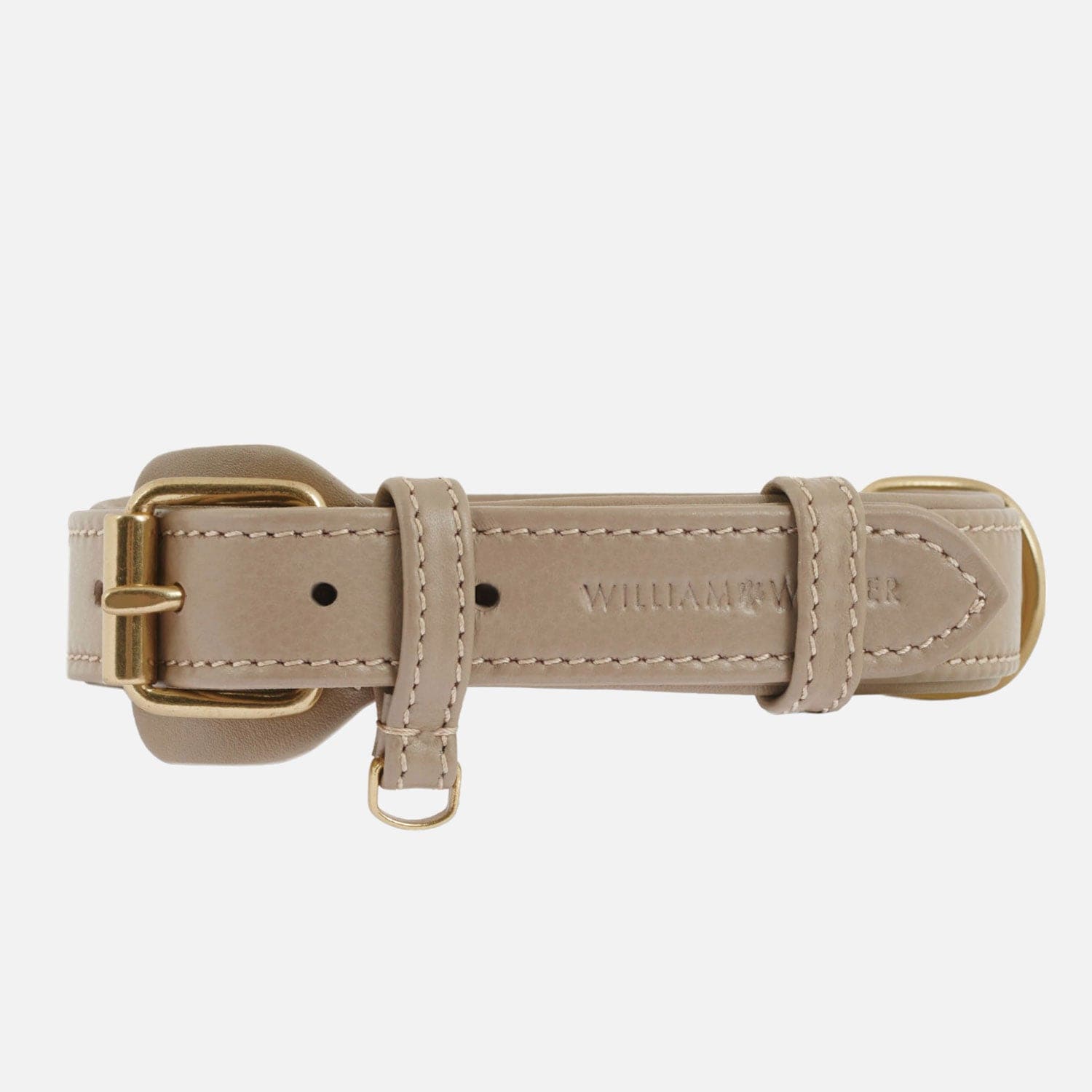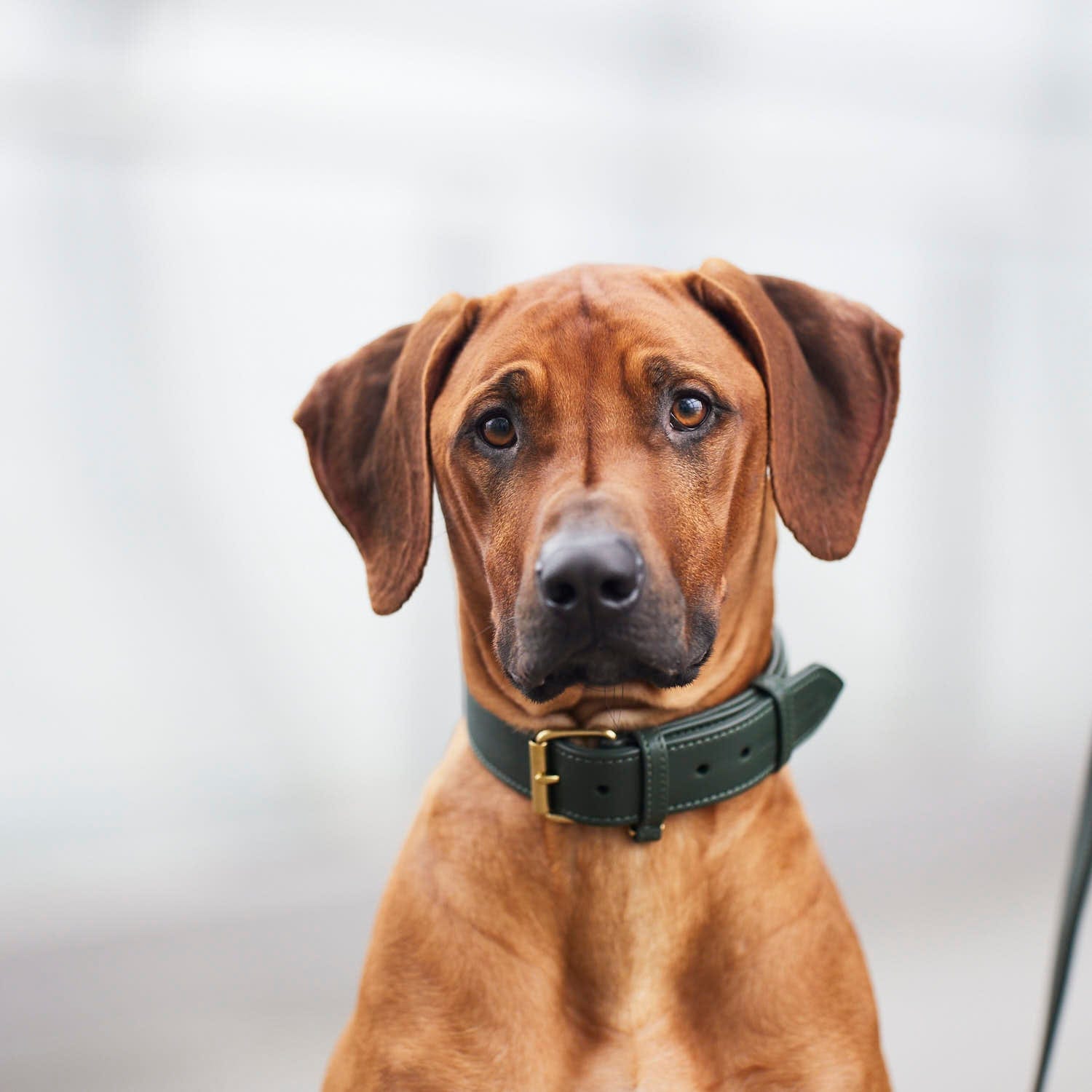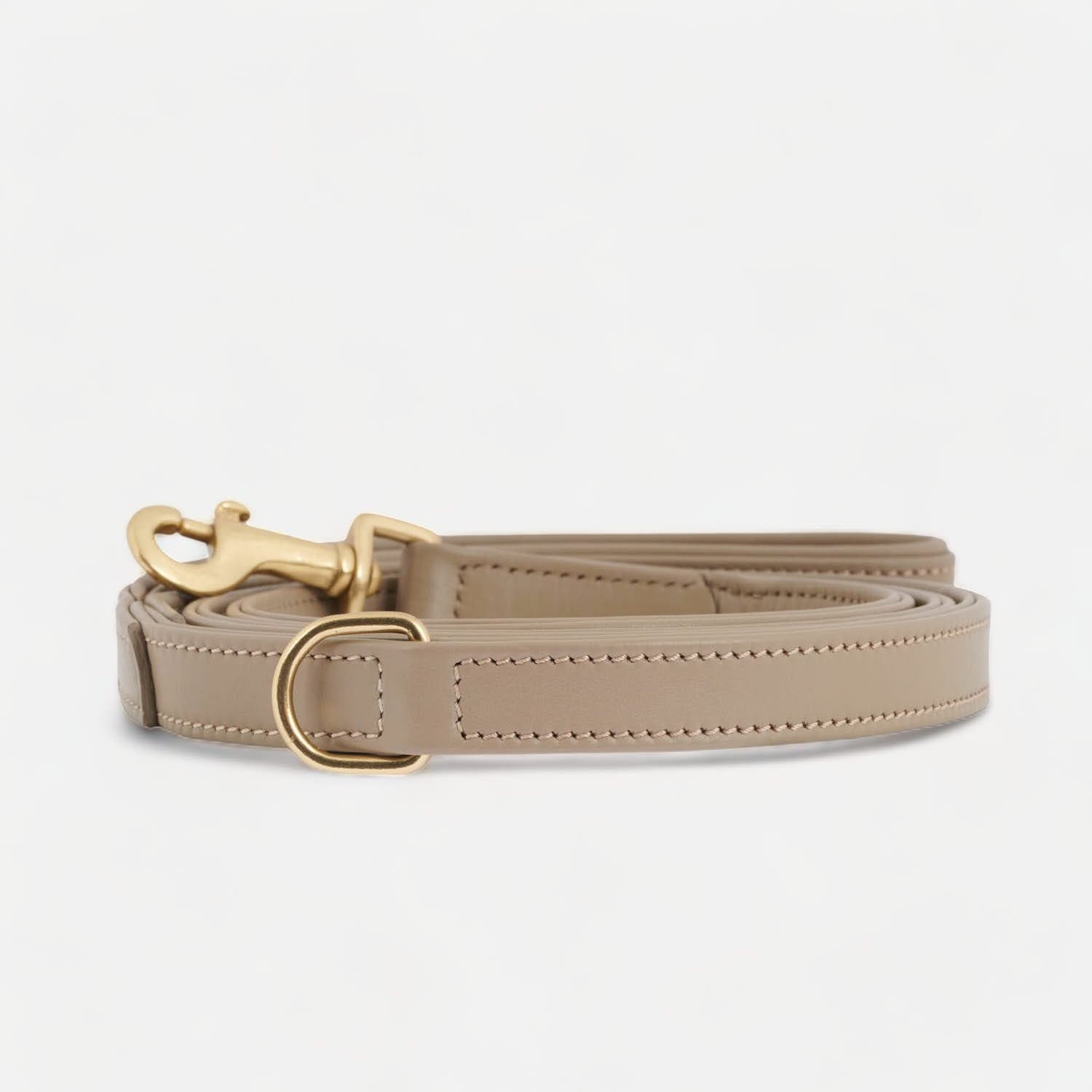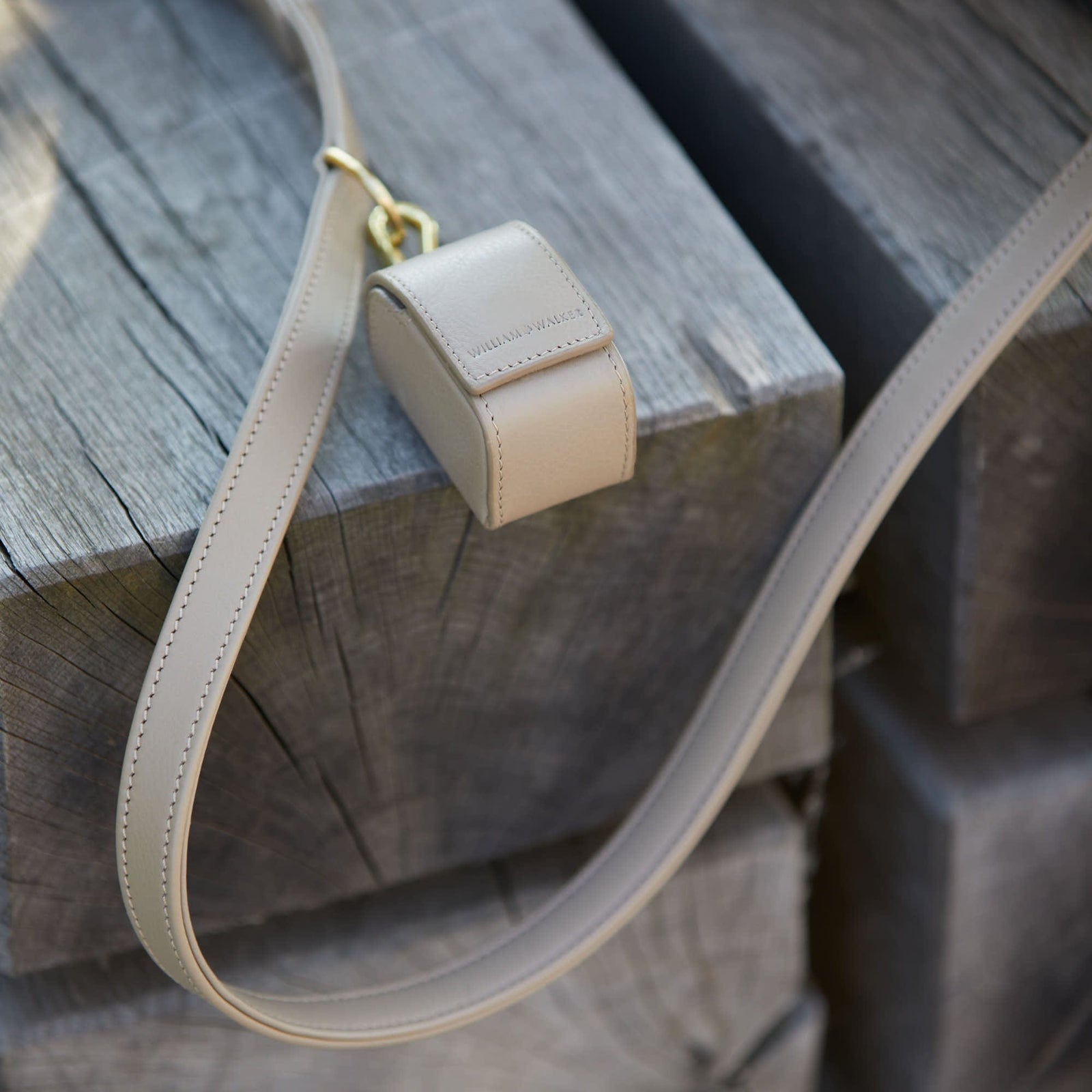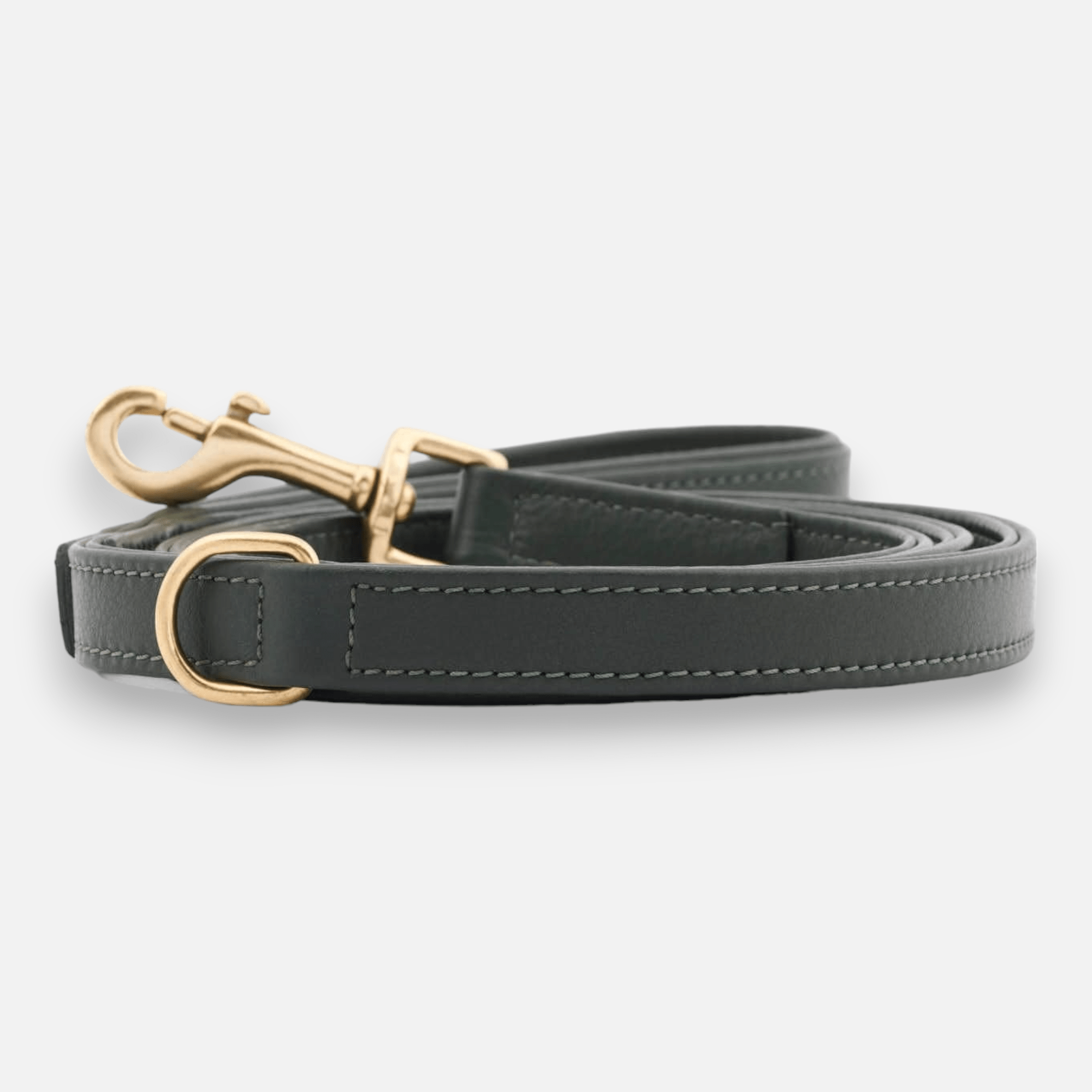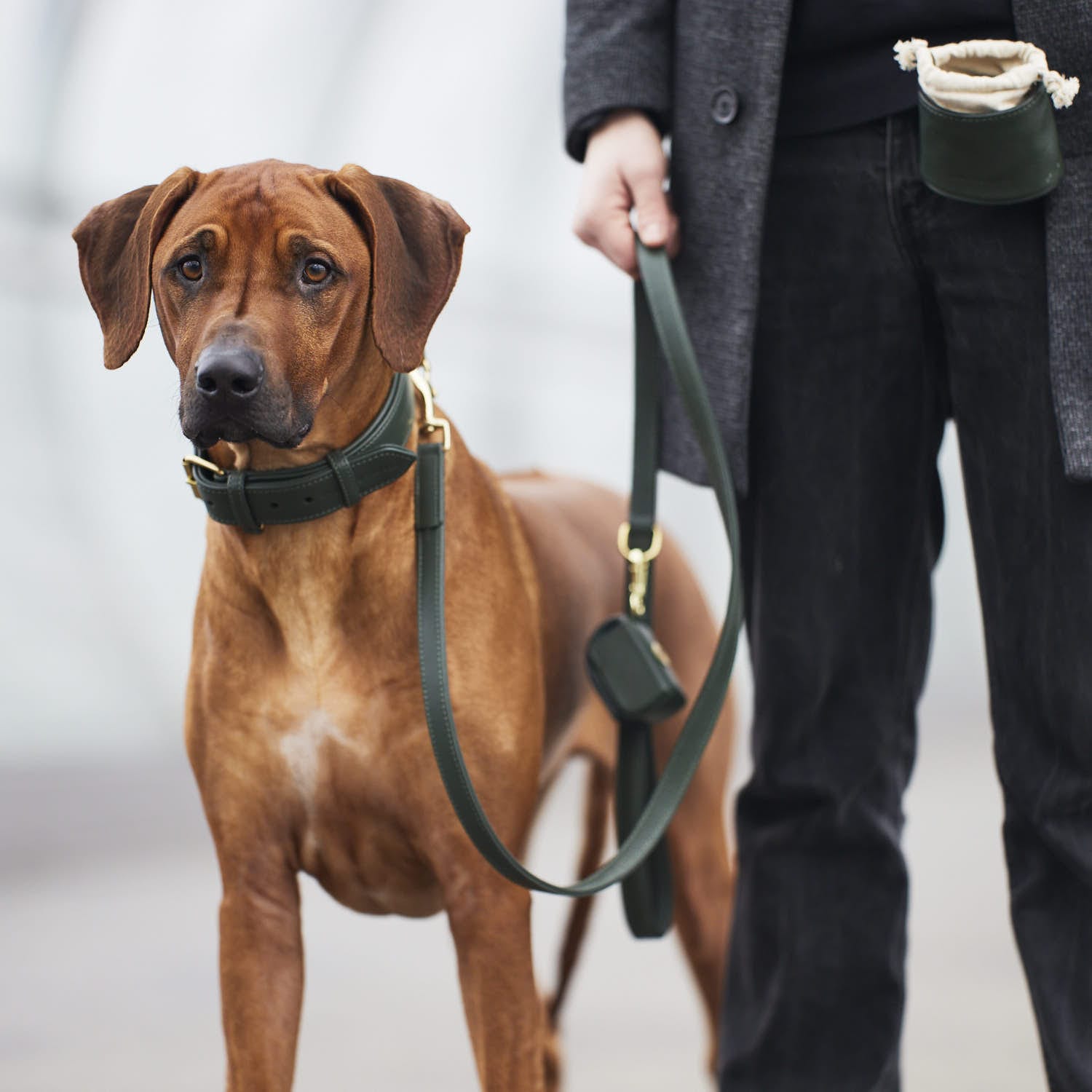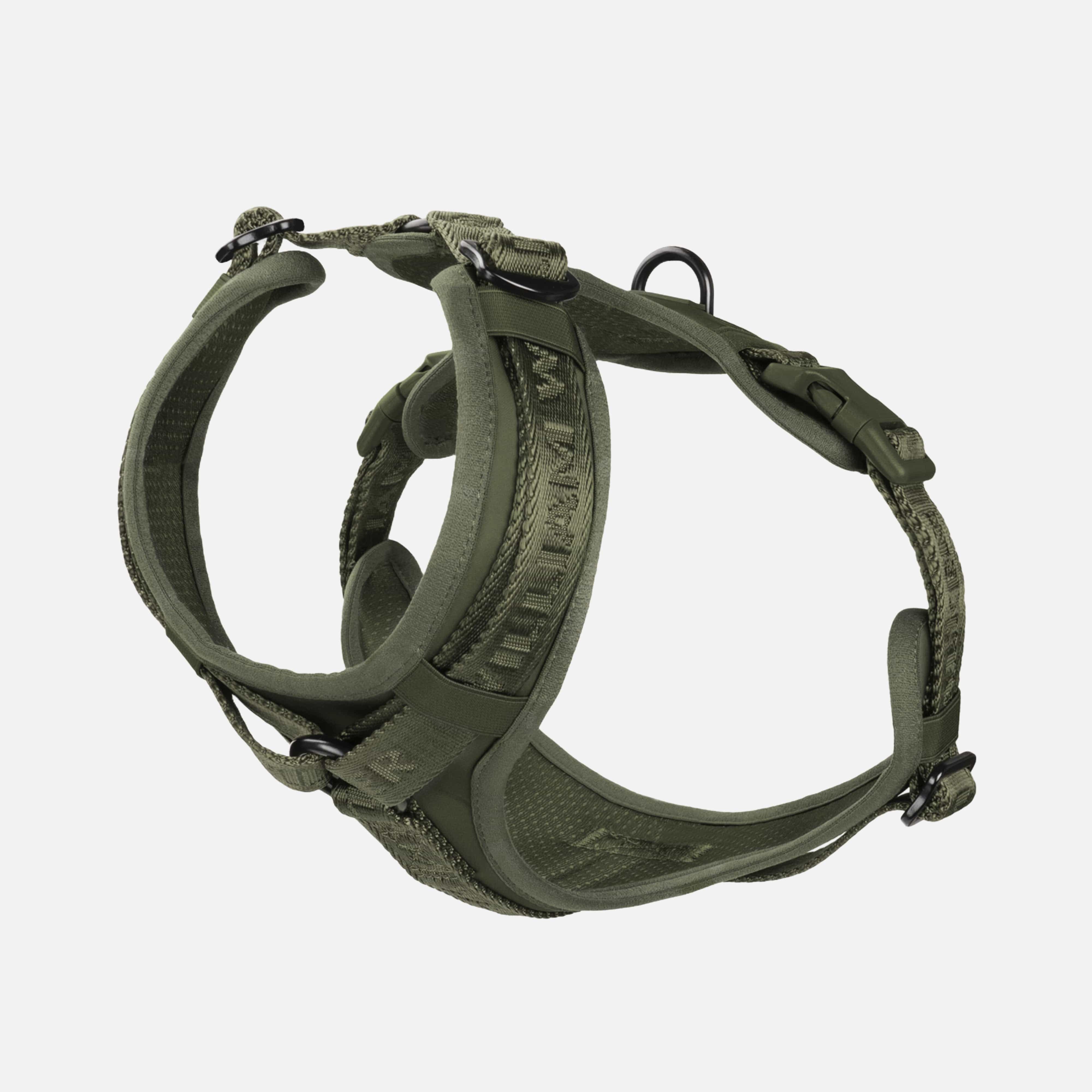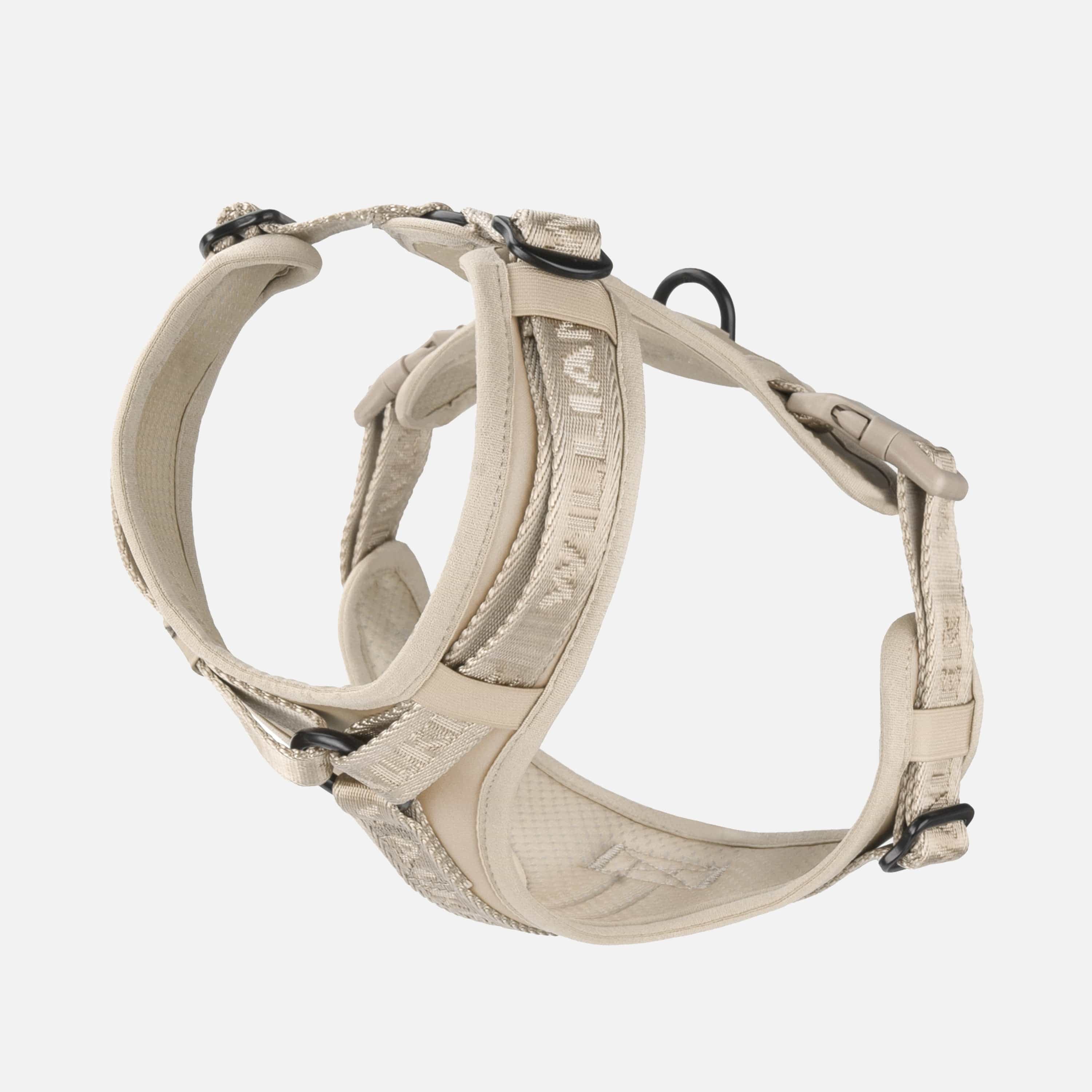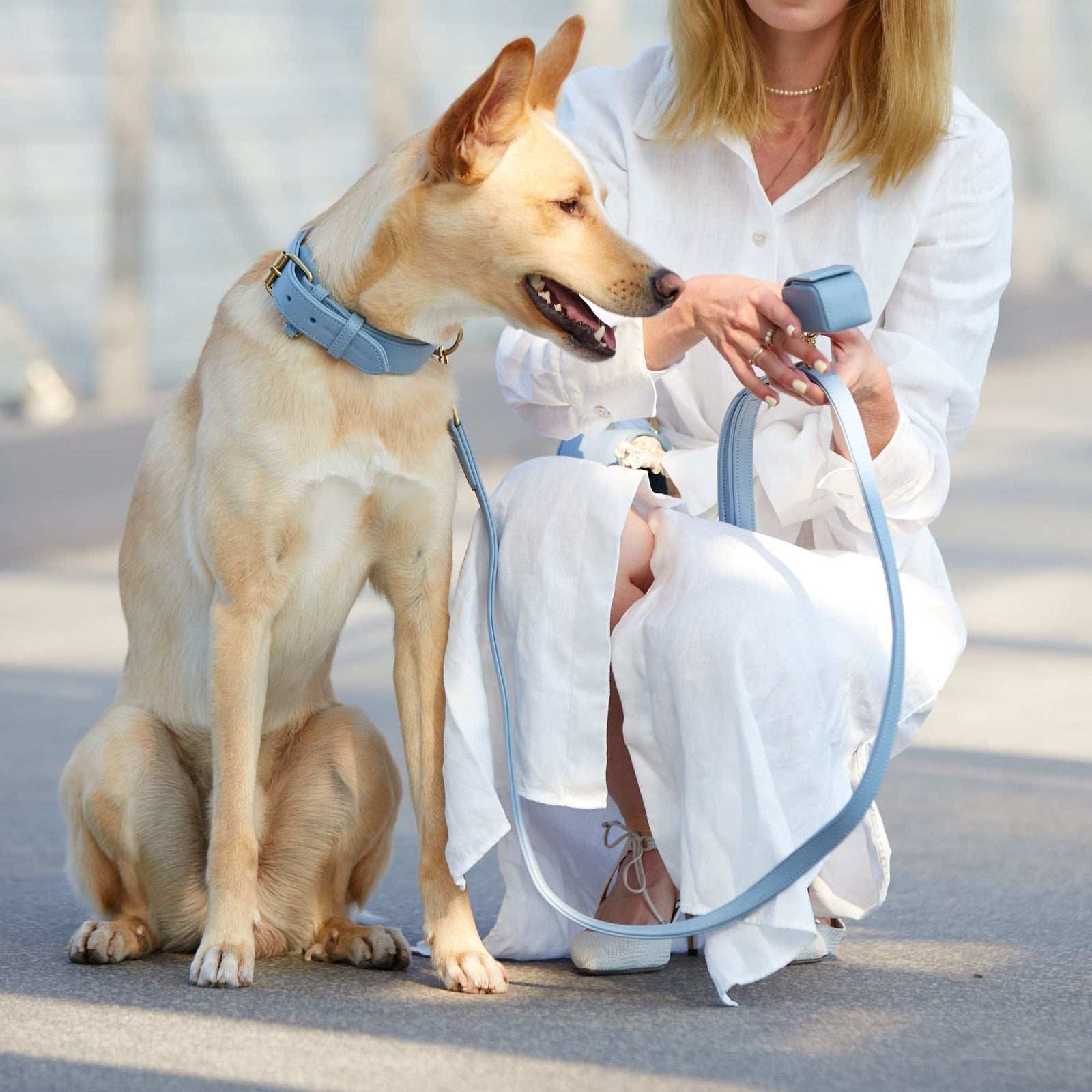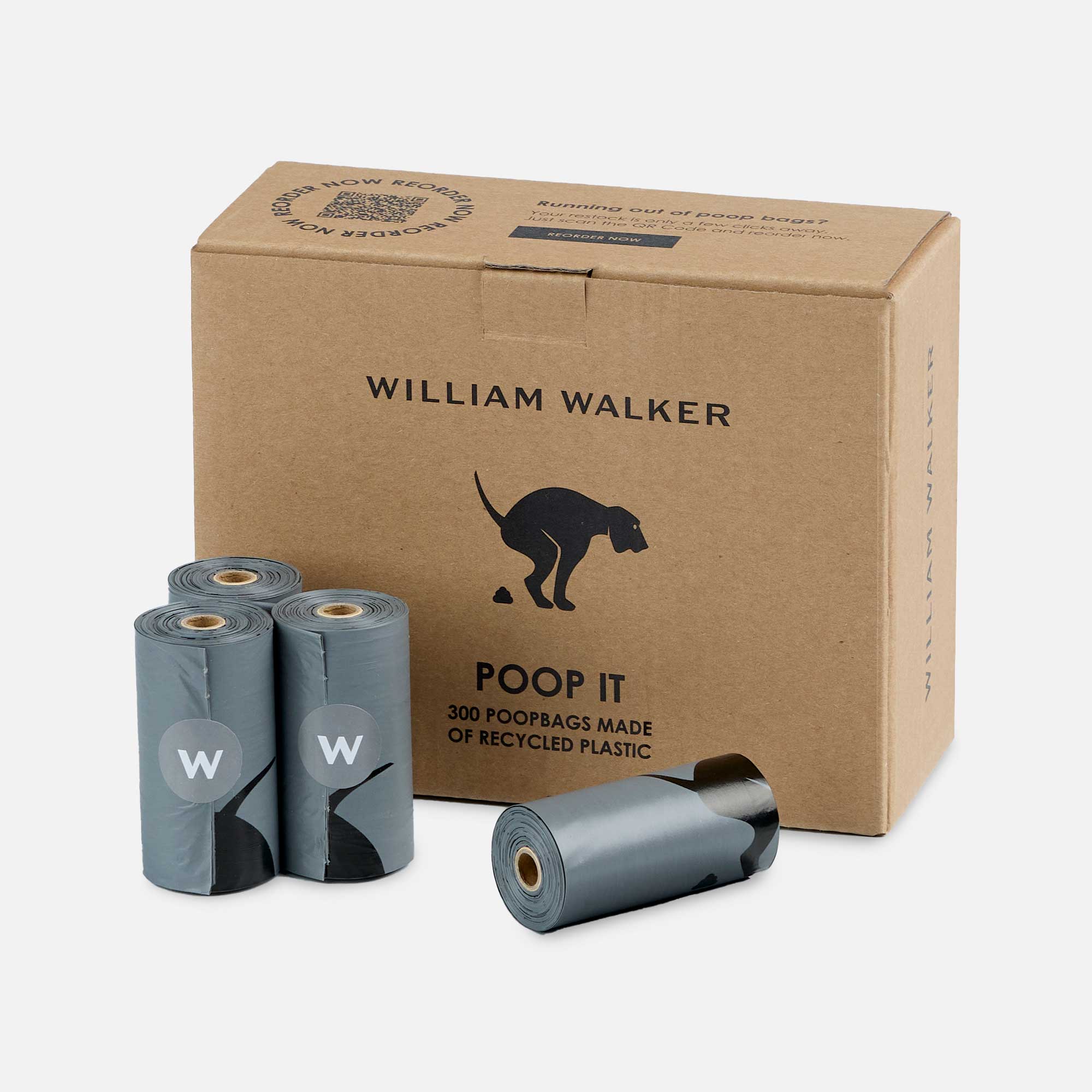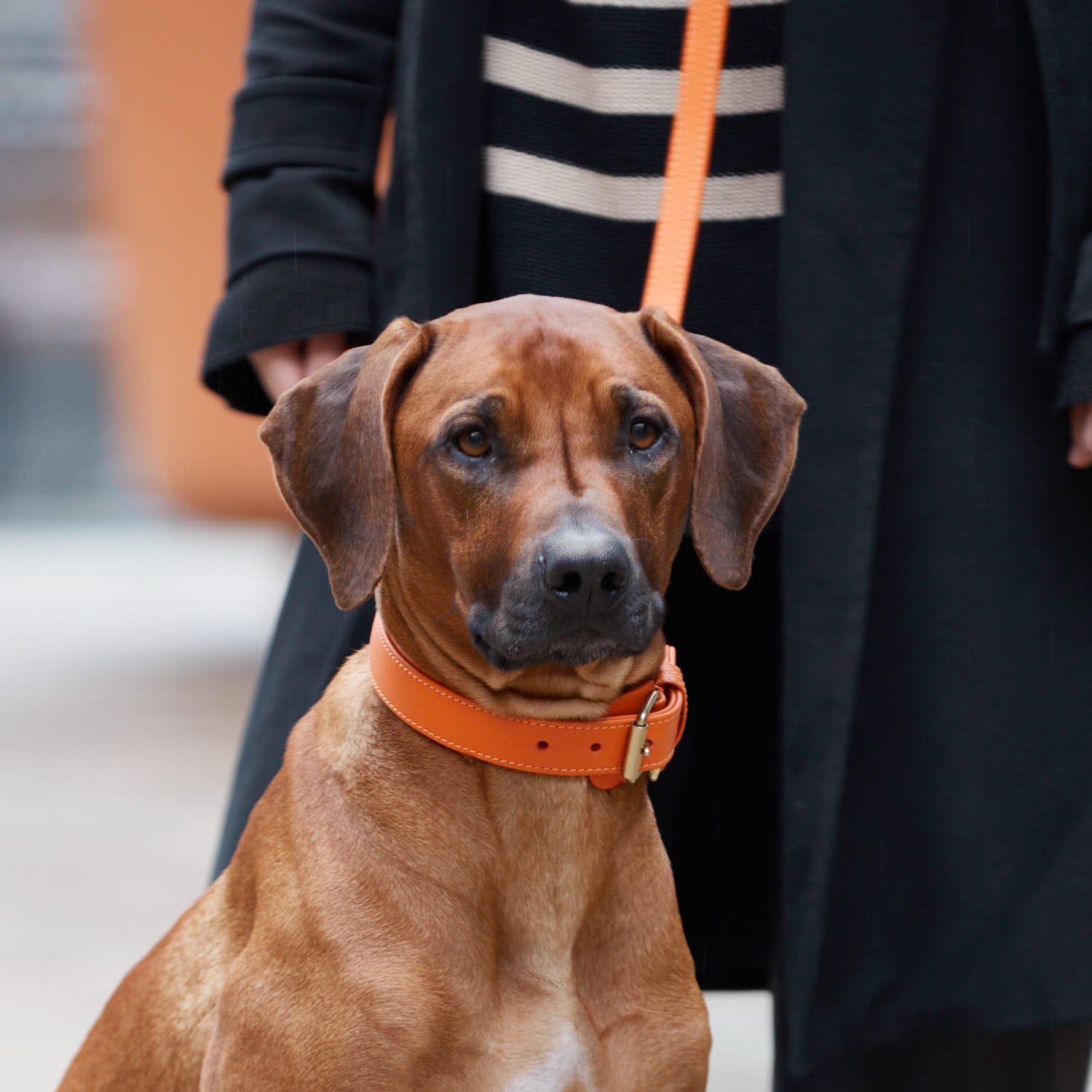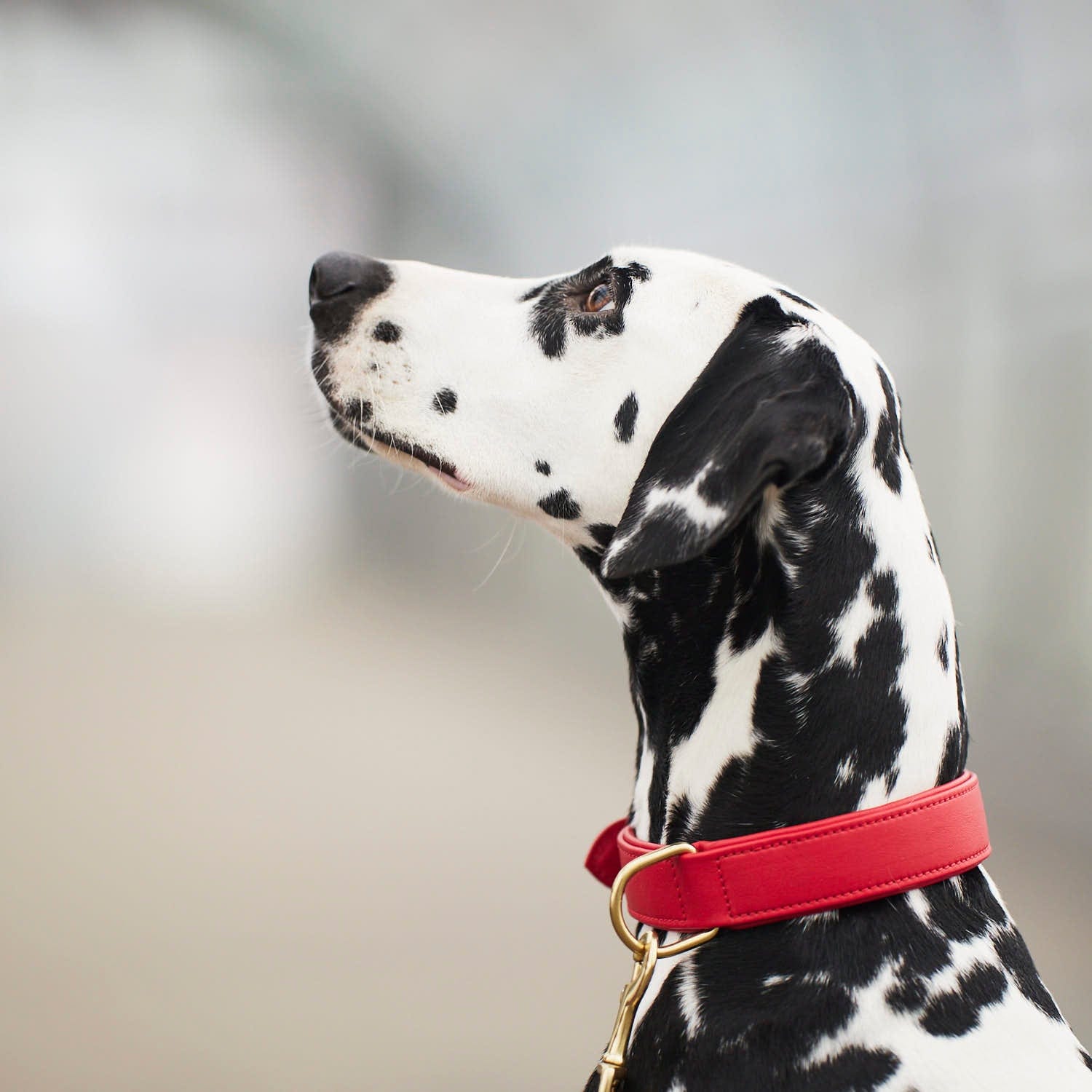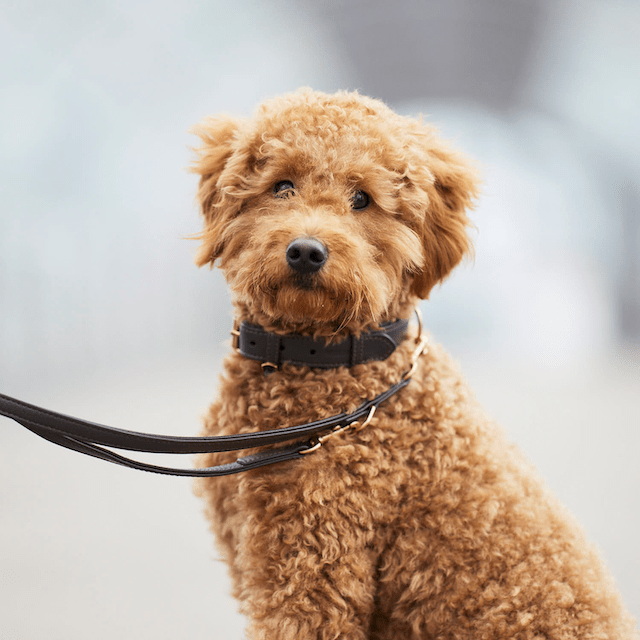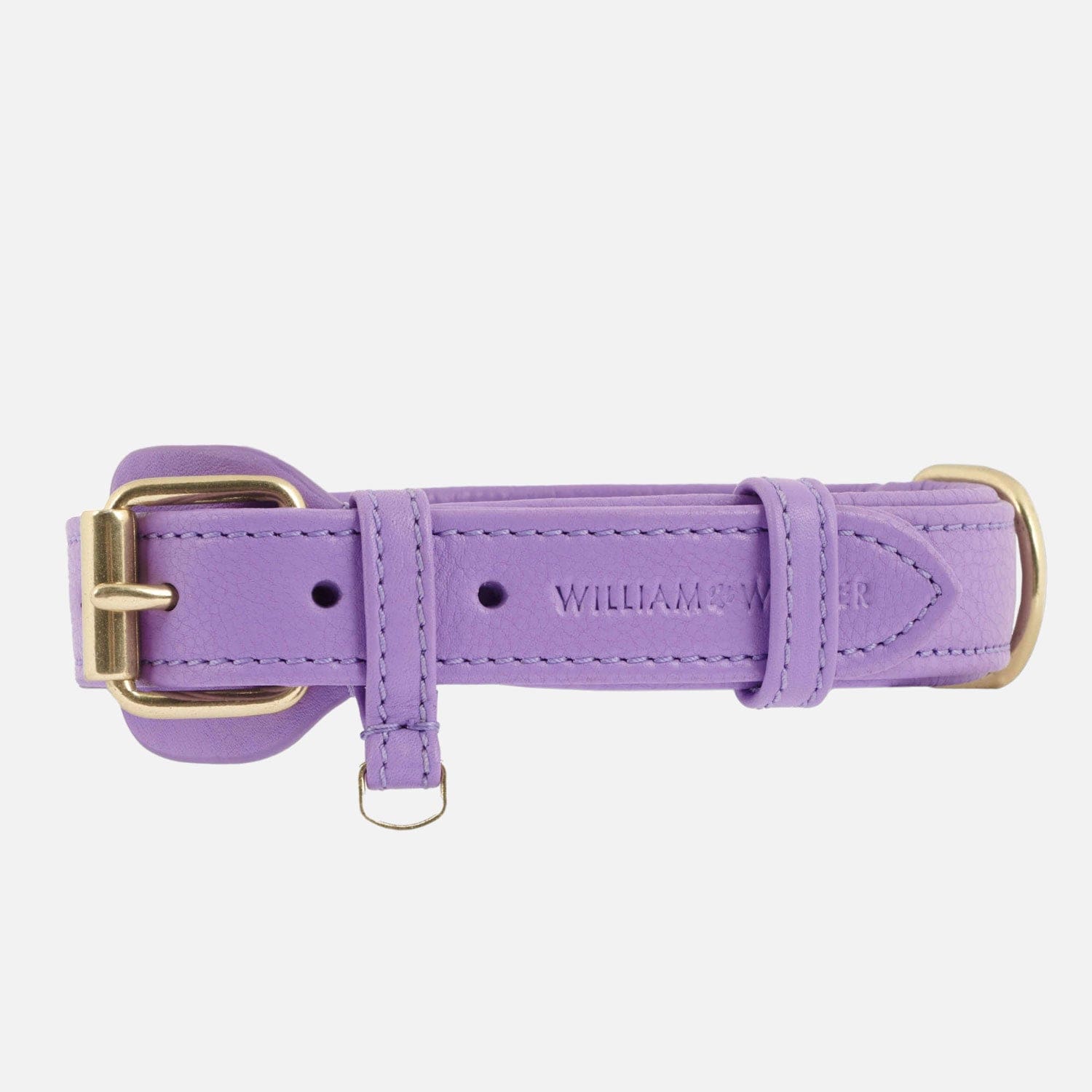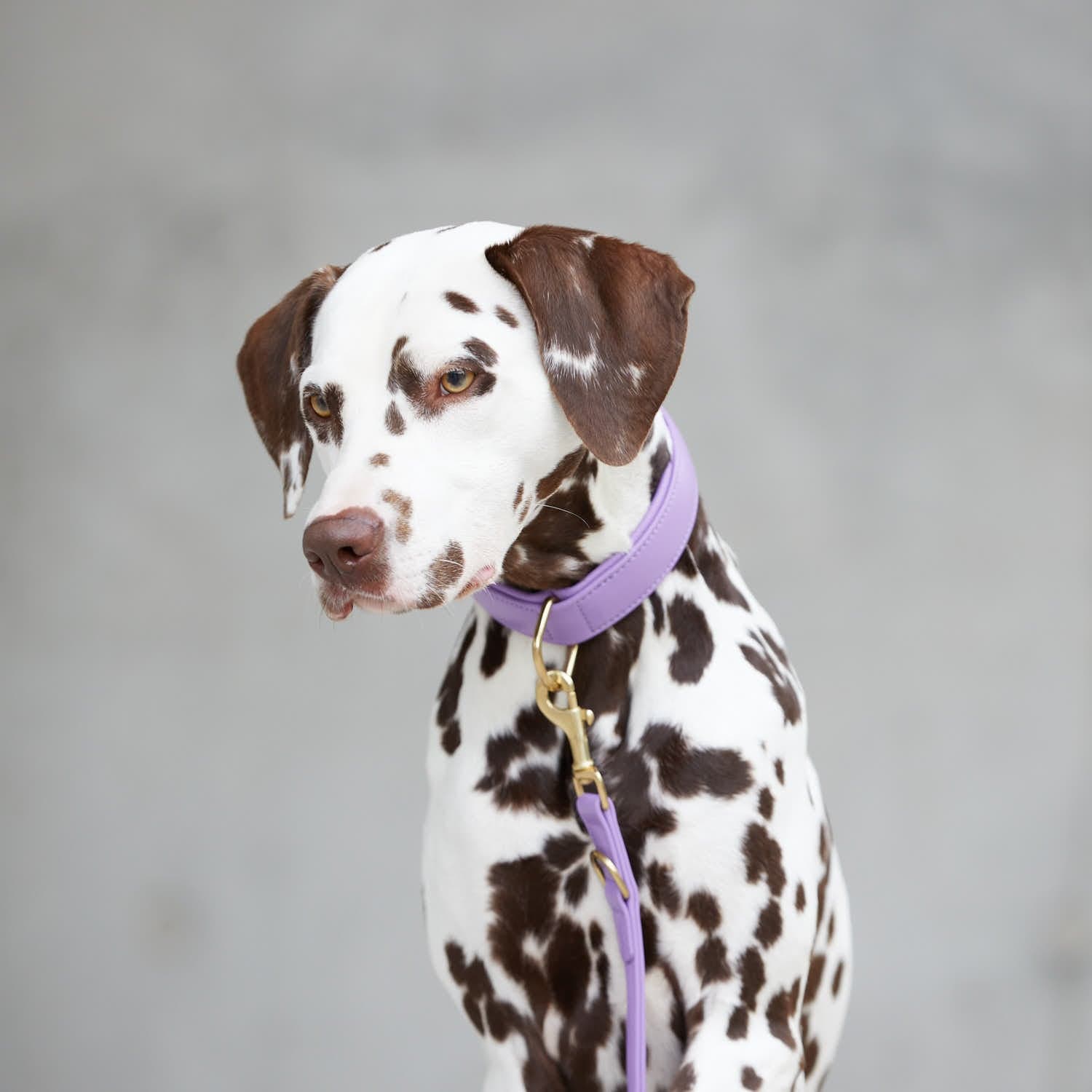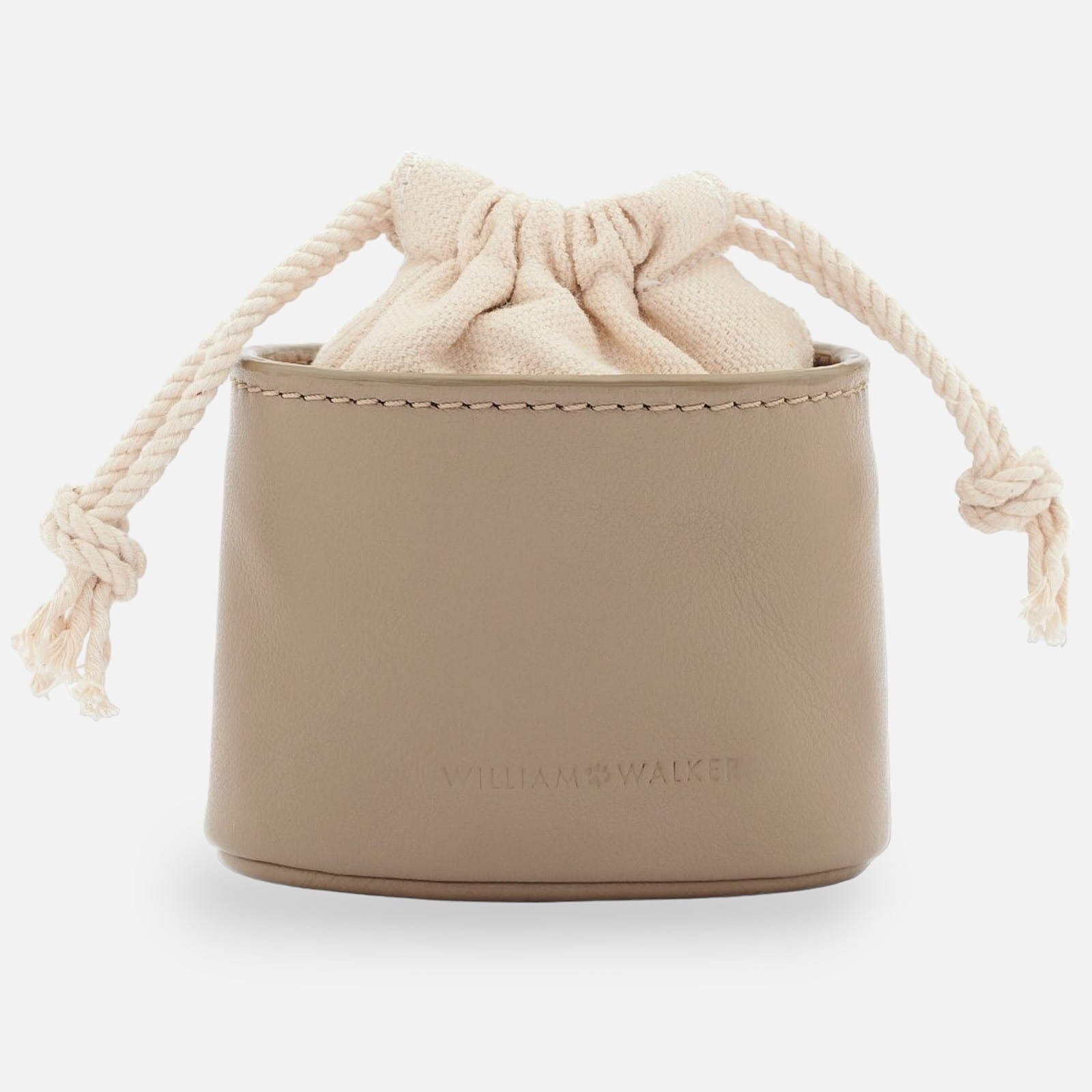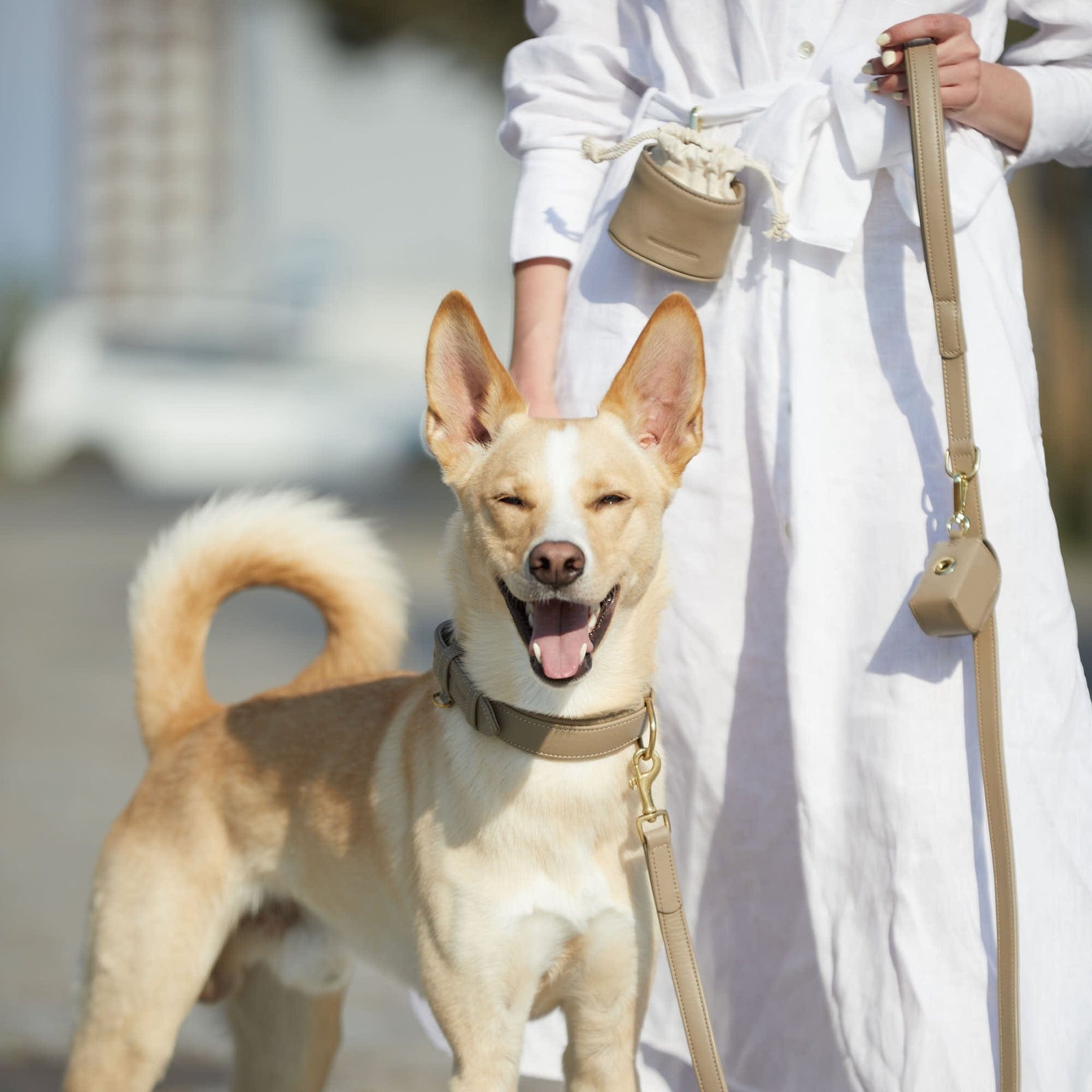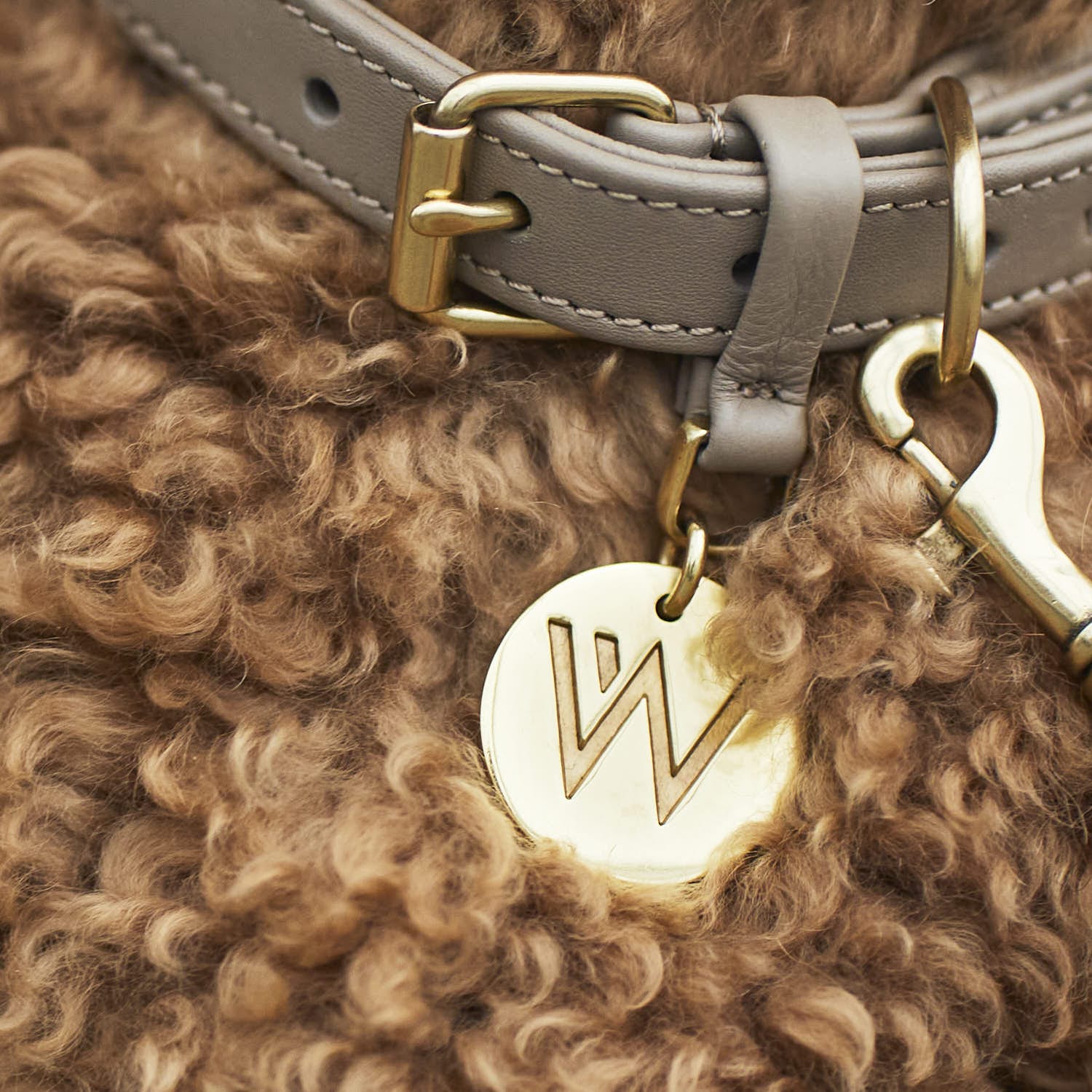
You can't tell by looking at them, but countless plants and flowers that are blooming now are poisonous to dogs. And they are everywhere, in nature, as well as in your own garden. Summer walking can become a gauntlet, and your dog would do well to keep his nose, and especially his snout, out of nature. Not always easy, because the scent of some plants and flowers is beguiling and virtually invites a taste. Especially curious dog puppies tend to try out everything possible. And that works best if you nibble on it or take the part of desire right into your mouth. That's why you shouldn't let a puppy run around unsupervised and keep it busy. A tired little daredevil is more likely not to get the idea of wanting to redesign the garden.
The most common symptoms of poisoning of your four-legged friend
- Mucous membrane irritation in the mouth and throat
- Stomach and intestinal inflammation
- vomiting
- Increased salivation
- Decreasing pulse as well as slowed heart activity but just as well a racing pulse
- convulsions
- Symptoms of paralysis and possible respiratory arrest
If there are symptoms that indicate dog poisoning, the veterinarian should be consulted immediately
So should your furry sweetheart suffer from one or even more of these indicators, that means for you: Just do not mess around for a long time yourself or wait for improvement, but as soon as possible visit the vet. If you know which plant or flower your faithful friend is so fond of that he absolutely had to eat it, the veterinarian can immediately initiate countermeasures. And also otherwise he has some things in his therapy treasure that can save your dog and bring him back on his feet.
Attention - these plants are dangerous for your dog
There are about 70 plants that can be dangerous to your pet. The most poisonous among them is the blue monkshood. Its main flowering period is from July to August. All parts - roots, stems, leaves and flowers are toxic. Even the smallest amounts in the milligram range can be life-threatening for animals, but also for humans. Belladonna, which grows mainly in deciduous and mixed forests, is just as nasty to quadrupeds and bipeds. From June to September, it forms berries one to two centimeters in size. The tricky thing is that the fruits have a delicious sweet taste. Already three to four berries can kill dogs.
The beautiful angel's trumpet, which shows its splendor in many gardens, is also highly toxic. All parts of the plant contain the alkaloids, scopolamine, hyoscyamine as well as atropine, which are very toxic for dogs and humans. It is not for nothing that the plant is also called poison apple. Rhododendrons meet us everywhere, they exist in countless Artenn and they all have one thing in common: The plant can lead to massive poisoning in dogs. The poisonous substance andromedotoxin, but is only in the leaves and flowers of the plant.
Other poisonous plants that are in season now include: Alpine rose, foxglove, autumn crocus, oleander, boxwood, ivy (though only the berries), cherry laurel, and hydrangea.
To prevent your garden from becoming a toxic trap for your furry nose, you'd better take a look at what's growing in it. And when you go for a walk, you'd better not let your darling get too far out of sight. From a distance, you can enjoy the summer flowers together to the fullest.

